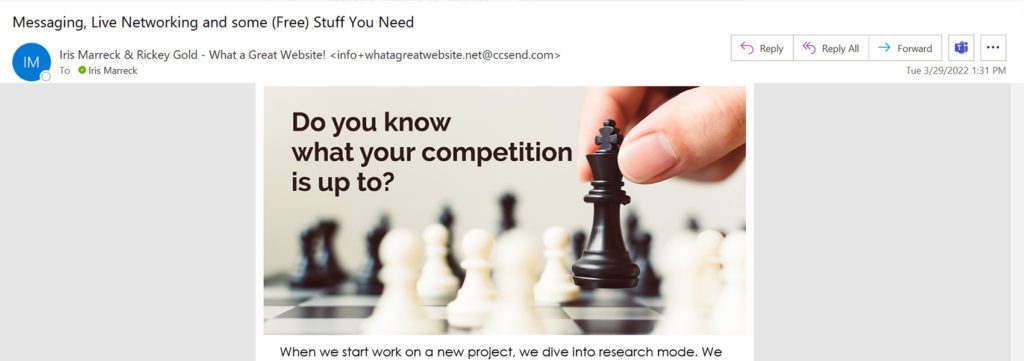Is Your Company’s Positioning Statement Accurate?
Positioning is like a roadmap for your business. It drives all of your branding, messaging and marketing. A clear positioning statement defines: Who you are. Who you help (your target market). HOW you help (the problems you solve or needs you fill for clients). Your USP (unique selling proposition). What makes you different/better than the […]
Is Your Company’s Positioning Statement Accurate? Read More »

